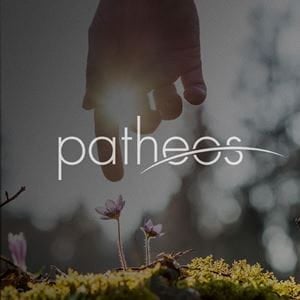Prayer is a pretty common feature of human existence, and holy books typically instruct believers to pray to obtain special blessing. But how do we know it works? Well, one line of thought is that a large number of people believe it works, and they unlikely to all be wrong.
Francis Galton, a freelance statistician based in London, England, has his doubts. He’s published an analysis in which he points out that many other widely-held beliefs have fallen by the way-side:
Witches were unanimously believed in, and were regularly exorcised, and punished by law, up to the beginning of the last century. Ordeals and duels, most reasonable solutions of complicated difficulties according to the popular theory of religion, were found absolutely fallacious in practice. The miraculous power of relics and images, still so general in Southern Europe, is scouted in England. The importance ascribed to dreams, the barely extinct claims of astrology, and auguries of good or evil luck, and many other well-known products of superstition which are found to exist in every country, have ceased to be believed in by us.
To test whether prayer really is effective, Galton begins by looking at life expectancy. Monarchs are among the most widely prayed-for people in Europe. And yet, Galton reports, their life expectancy (64 years) is actually shorter than other affluent people, such as Army Officers (67 years) and the gentry (70 years).
In fact, even the clergy, who pray regularly (and whose prayers are “full of petitions for temporal benefits”), don’t live long (69.5 years). Slightly longer than lawyers (68) years and medical men (67.3 years), it’s true, but Galton puts this down to “the easy country life and family repose of so many of the clergy” which “are obvious sanatory conditions in their favour”
Galton goes on to point out some other interesting facts – the number of still born children born to clergy is no lower than for other professions. Missionaries often die of tropical fever soon after their arrival. Despite the fact that we often pray that “Nobility may be endued with grace, wisdom and understanding”, both nobles and the clergy are often quite mad – in the case of the clergy, Galton says, this is probably a result of their “meditations on hell”.
What’s more, the insurance industry, where pragmatism is a must, shows up the inefficacy of prayer. Boats carrying missionaries are not offered lower premiums than vessels on a purely mercantile mission. Lightening strikes have disproved the theory that god would protect churches, and now lightening conductors are universal.
All this, Galton concludes, provides sufficient evidence that prayer does not work. It’s now up to those who disagree to prove otherwise.
Galton finishes by conceding that prayer can be uplifting, even if it doesn’t work. But he argues those who are sceptical can have an equal sense of wonder and rejoice in the world around them:
… it is equally certain that similar benefits are not excluded from those who on conscientious grounds are sceptical as to the reality of a power of communion. These can dwell on the undoubted fact, that there exists a solidarity between themselves and what surrounds them, through the endless reactions of physical laws, among which the hereditary influences are to be included. They know that they are descended from an endless past, that they have a brotherhood with all that is, and have each his own share of responsibility in the parentage of an endless future. The effort to familiarize the imagination with this great idea has much in common with the effort of communing with a God, and its reaction on the mind of the thinker is in many important respects the same. It may not equally rejoice the heart, but it is quite as powerful in ennobling the resolves, and it is found to give serenity during the trials of life and in the shadow of approaching death.
![]()
Galton, F (1872). Statistical Inquiries into the Efficacy of Prayer. Fortnightly Review , 12, 125-135
 This article by Tom Rees was first published on Epiphenom. It is licensed under Creative Commons.
This article by Tom Rees was first published on Epiphenom. It is licensed under Creative Commons.















